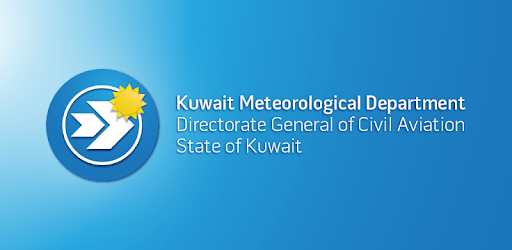While Kuwait is witnessing a new dusty wave today, according to meteorology department, a recent report issued by the State Audit Bureau expected “a decrease in the annual average of rainfall in Kuwait by between 5% to 25% during the period from 2031 to 2050 spells the increasing risks of drought” in Kuwait due to the decrease in annual rainfall during witnessed between 2005 to 2019.”
The Met Department also warned of the dangers of drought and its threat to food security as a result of high average temperatures, a decrease in the amount of rain, an increase in suspended dust and an exacerbation of the phenomenon of desertification, which poses a challenge to the Public Authority for Agriculture Affairs and Fish Resources in dealing with the negative effects of soil depletion, reports a local Arabic daily.
The department pointed out that “there is no national strategic plan to deal with climate change, but there are separate plans between government agencies, such as the emergency plan for the rainy season introduced by the Ministry of Works, and the plan by the Ministry of Electricity and Water’s preparations for the summer season, which does not take into account the sudden effects of climate change.”
The report stressed “the necessity of preparing a health emergency plan to deal with the various climatic effects in order to preserve the health and safety of society,” noting at the same time the importance of “developing the infrastructure of the rain network and roads to adapt to the effects of sudden climatic changes, according to the recommendations of the specialized scientific teams to contain the repercussions of rain and torrential rain, and work” and prepare an effective emergency plan in coordination with the concerned authorities to avoid health and environmental risks and material losses for those repercussions.”

















